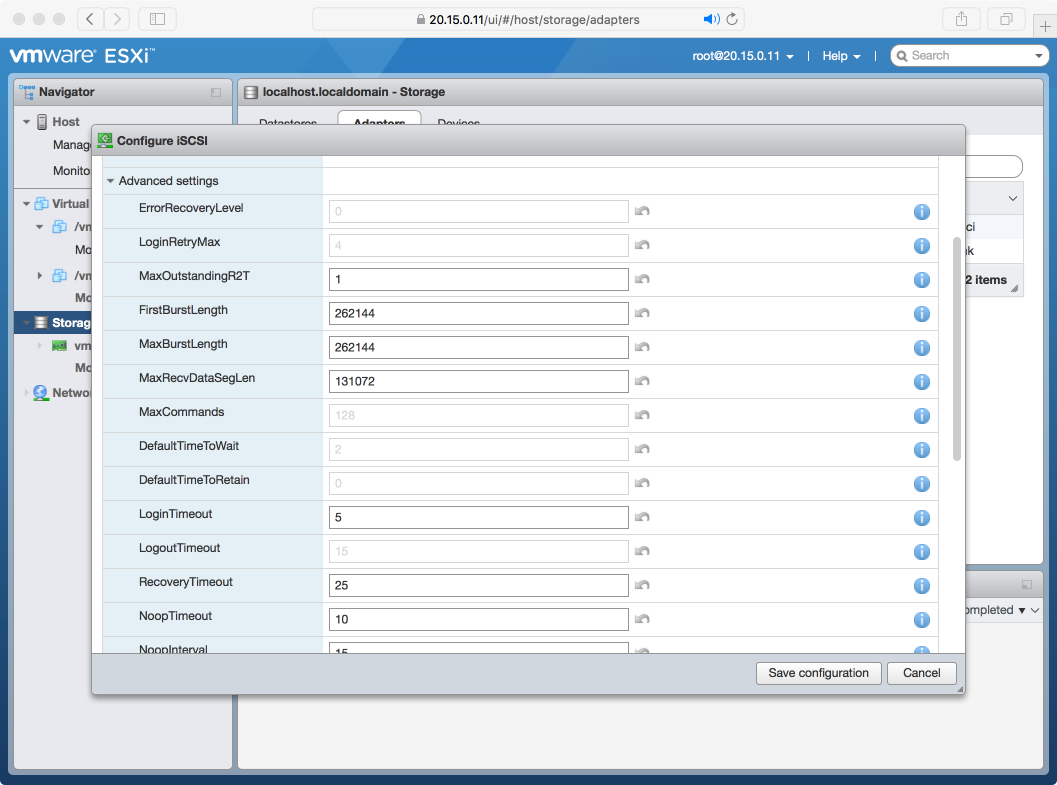The ceph-devel@vger.kernel.org list is for discussion and patch review for the Linux kernel Ceph client component. Ceph cluster operators and users should use the ceph-users list to ask questions, share best practices, and help one another. The ceph-qa list is for QA activities, ceph-maintainers@ceph.io is for downstream maintainers for Linux. What is a Ceph cluster? A Ceph storage cluster consists of the following types of daemons: Cluster monitors (ceph-mon) that maintain the map of the cluster state, keeping track of active and failed cluster nodes, cluster configuration, and information about data placement and manage daemon-client authentications.
Notice
This document is for a development version of Ceph.
The Ceph client tools and libraries can be natively used on Windows. This avoidsthe need of having additional layers such as iSCSI gateways or SMB shares,drastically improving the performance.

Prerequisites¶
Supported platforms¶
Windows Server 2019 and Windows Server 2016 are supported. Previous WindowsServer versions, including Windows client versions such as Windows 10, mightwork but haven’t been tested.
Windows Server 2016 does not provide Unix sockets, in which case some commandsmight be unavailable.
Secure boot¶
Ceph Client Versions
The WNBD driver hasn’t been signed by Microsoft, which means that Secure Bootmust be disabled.
Dokany¶
In order to mount Ceph filesystems, ceph-dokan requires Dokany to beinstalled. You may fetch the installer as well as the source code from theDokany Github repository: https://github.com/dokan-dev/dokany/releases
The minimum supported Dokany version is 1.3.1. At the time of the writing,Dokany 2.0 is in Beta stage and is unsupported.
Unlike WNBD, Dokany isn’t included in the Ceph MSI installer.
MSI installer¶
Using the MSI installer is the recommended way of installing Ceph on Windows.It can be downloaded from here: https://cloudbase.it/ceph-for-windows/
As mentioned earlier, the Ceph installer does not include Dokany, which hasto be installed separately.
A server reboot is required after uninstalling the driver, otherwise subsequentinstall attempts may fail.
The following project allows building the MSI installer:https://github.com/cloudbase/ceph-windows-installer. It can either use prebuiltCeph and WNBD binaries or compile them from scratch.
Manual installation¶
The following document describes the build process and manual installation:https://github.com/ceph/ceph/blob/master/README.windows.rst

Configuration¶
Please check the Windows configuration sample to get started.
You’ll also need a keyring file. The General CephFS Prerequisites page provides asimple example, showing how a new CephX user can be created and how its secretkey can be retrieved.
For more details on CephX user management, see the Client Authenticationand User Management.
Further reading¶
Ceph Client Log
To install a Ceph Client:
Ceph Client List
Perform the following steps on the system that will act as a Ceph Client:
If SELinux is enabled, disable it and then reboot the system.
Stop and disable the firewall service.
For Oracle Linux 6 or Oracle Linux 7 (where
iptablesis used instead offirewalld), enter:For Oracle Linux 7, enter:
On the administration node of the Storage Cluster, copy the SSH key to the Ceph Client system, for example:
This example assumes that you have configured entries for the Ceph Client system in DNS and/or in
/etc/hosts. Neo geo bios for retropie.On the deployment node (which is usually the same as the administration node), use ceph-deploy to install Ceph on the Ceph Client system, for example:
On the administration node, copy the Ceph configuration file and the Ceph keyring to the Ceph Client system, for example:
Tubetamil neeya naana. You can now configure a Block Device on the Ceph Client. See Section 1.12, “Configuring a Block Device on a Ceph Client”.
When you have established that the Ceph Client works with a Storage Cluster, re-enable SELinux in enforcing mode if you previously disabled it and then reboot the system.
Ceph Client Keyring
Copyright © 2016, Oracle and/or its affiliates. All rights reserved. Legal Notices